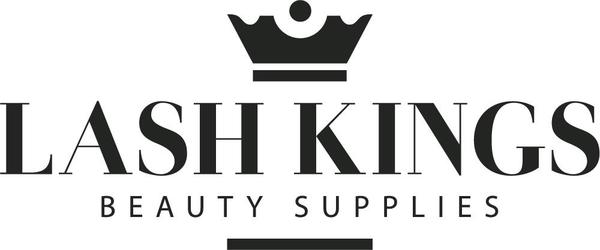Microblading Blades
When it comes to microblading, for those of you who offer this service you know there are different types of blades used for different techniques. But for those of you who are thinking you want to get into the service, you may not know what the difference is between the blades, what 0.15 or 0.18 means, or #10 #11 #12 means. There are so many different numbers for these things! However, it is very important to know what each means as this will help you get the desired results.
Let’s dive into the different blades and talk about each one.
The blades that we carry are from Everlasting Brows. We chose this company and their blades because of the quality. These blades are twice sharpened, to ensure durability throughout the entire procedure meaning they won’t go dull mid procedure. And when they stay sharp like this, they glide across the skin giving you the best looking hair strokes.
NUMBERS
First, let’s talk about the different numbers. Whether you’re a number person or not, it’s very important to know these differences if you want perfect results. With Everlasting Brows, you will see that there’s 0.15, 0.18, and 0.25. This number refers to the thickness of the blade. So if you were to use a nano blade, also 0.15, then you would be using a thinner blade which would give you thinner hair strokes. If you were to use a thicker blade such as 0.25 then your hair strokes will be thicker. 0.18 blades are also on the thin side of the spectrum, but just a tad thicker than the nano blades. Thinner blades deposit less pigment into the skin which will cause the thinner look, while on the other hand, the thicker blade deposits more pigment giving a thicker look.
Now that you know those numbers are for blade thickness, let’s talk about the other numbers seen in Everlasting Brows. These are #3, #5, #7, #9, #10, #11, #12, #14, #17, and #21. These numbers represent how many tiny needles, or pins, make up the blade. So, if you have a #10 / 0.18 blade, that means you have 10 little needles in the blade that are 0.18 in thickness. Why do you need so many different numbers of needles you ask? Well, it depends on what results you're looking for. If you use a small number, then you’ll essentially be creating smaller hair strokes. (For now, let’s leave #3, #5, #17, and #21 out for this part, we’ll discuss those later in the Shading Blades section). When doing smaller hair strokes, you would use #7. If you’re wanting the standard, regular hair stroke length you would want to go with #9 - #12. Then #14 is for the long hair strokes, or maybe even for outlining the brow. So if you chose a blade that was #10 / 0.18 then you would be going for regular hair strokes, that are on the thin end of the spectrum. Make sense? Good. Now let’s talk about the different blade shapes.
SLANTED BLADES
Slanted or Angled blades are the popular shading blades. They come in different thicknesses, as mentioned above, which are 0.15, 0.18, and 0.25, as well as different lengths #7 - #14. These blades are used for creating the classic hair stroke look. Slanted blades are the perfect all around blade for all skill levels, and are preferred for beginners. They’re easy to work with to help you perfect the microblading technique.
U BLADES
U Blades are exactly what the name suggests: U Shaped. These blades are for the more experienced technician who knows how to properly microblade and can easily do the straight hair strokes with the slanted blades. U-shaped blades are used to create curved hair strokes giving the brows a slightly different look than that of a slanted blade. They come in thicknesses of 0.18, 0.25, and nano 0.15.
SHADING BLADES
As the name suggests, shading blades are used for shading the eyebrows, creating an ombre brow look, or a powdered brow look. Shading blades come in different shapes. First there’s Round, which are the numbers mentioned above that we said we’d refer to - #3, #5, #17, and #21. Just like the slanted blades, these numbers refer to how many little needles, or pins, make up the blade. So if you’re looking to shade a smaller area, you would use #3 or #5. If you’re going a larger area then you guessed it, you would use #17 or #21. Round shading blades are used to give the powdered brow look.
Those are the round shading blades, so what about the other ones? Well, they are the flat shading blades. There are 2 different kinds that we have - Flat 3X4 and Flat 3X6. These blades are made up of different rows of tiny needles. The Flat 3X4 is 3 rows of 4 needles, while the Flat 3X6 is 3 rows of 6 needles. Like the round shading blades, these are used to cover a larger area with each pass. Flat Shading Blades are used to achieve the ombre brow look.
With all these blade options, and of course a lot of practice, you will become a master brow artist. Whether you’re an absolute beginner in microblading, or a well seasoned professional, we have all the different blades you need to achieve the best results.
Thank you for taking the time to read about microblading blades today. If you are interested in attending a Training for Everlasting Brows Microblading and SPMU, go ahead and send us an email at info@lashkings.com and we can find the trainer nearest you.
If you have any questions about blades, or anything else, feel free to email us, or call us at 4335-773-0471
To stay up to date with all the latest news, subscribe to our newsletter and follow us on Instagram @lash.kings
